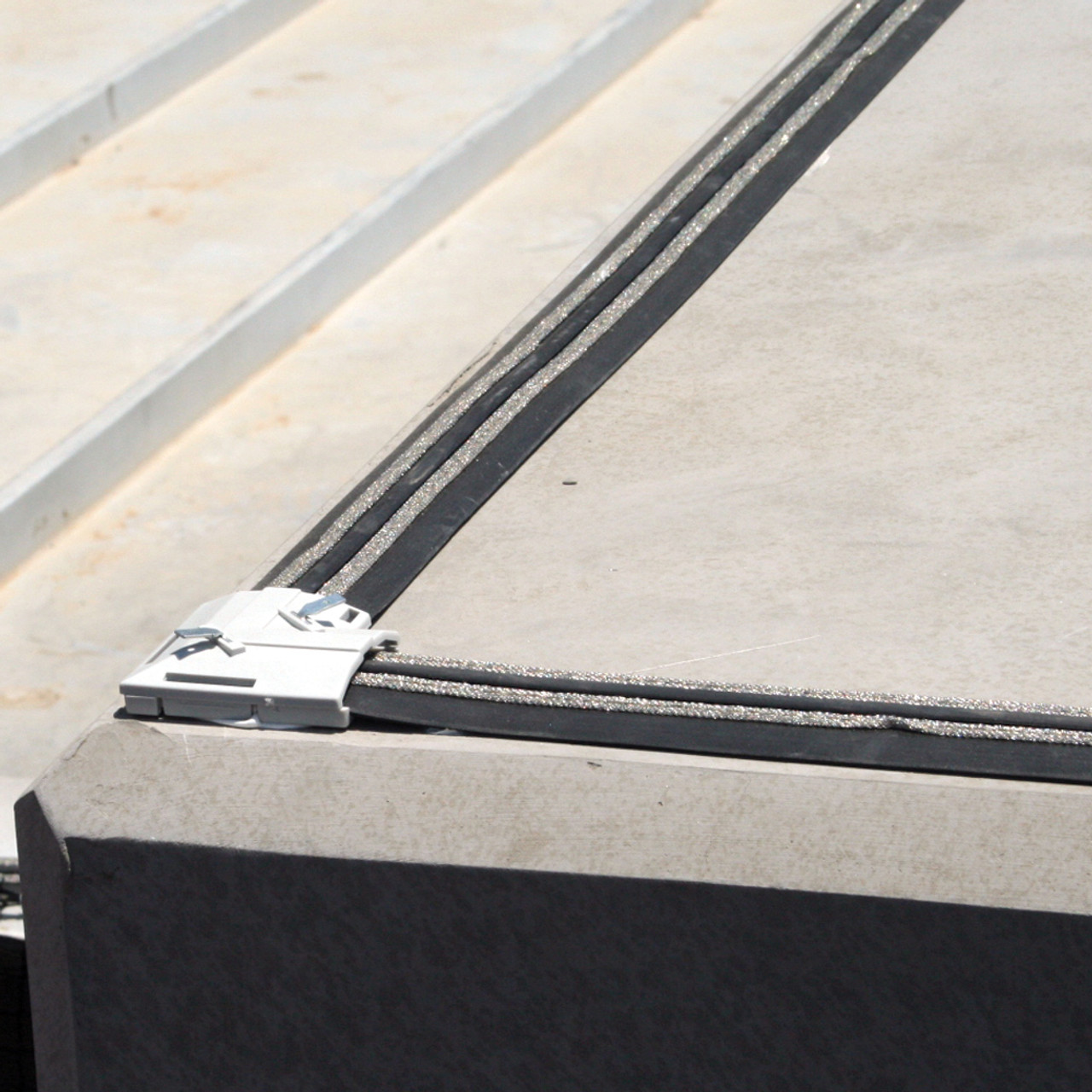Sparrows are often cute and adorable, but they can also be pests should they decide to invade your house. Their adaptability and rapid breeding can cause infestations that cause various problems, from health concerns to property damage. To ensure a clean and healthy environment, it is essential that you know how to take care of and get rid of sparrows.

Understanding the Sparrow Problem
It is important to understand what causes sparrows to be troublesome before you find solutions to eradicate the problem. The house sparrow is known to adapt well and flourish in urban settings. Nests are generally located in places that are hard to access, like on shutters for houses and drainage pipes or rafters, as well as corrugated metal siding. Nests of sparrows could cause grave problems, including blockages in gutters, and damage to machinery. They may also be an encroachment on fires due to metal equipment that is extremely hot. Additionally, the droppings of sparrows could carry harmful bacteria, fungal agents and ectoparasites. This poses serious health risks, such as histoplasmosis, salmonella and toxoplasmosis. So, taking care to address the issue of sparrows problems and learning to eradicate birds that are infested with sparrows is essential for health and safety.
Sparrows: How to eliminate them using practical methods
Physical Barriers: One of the most effective methods for how to get rid of house sparrows is by installing physical barriers. You can protect nesting areas like vents, rafters and eaves using bird nets, mesh screens or mesh screens. The barriers can stop birds from gaining access to the nesting areas and limit their likelihood of nesting.
Repellents/Deterrents: There’s a myriad of repellents and deterrents that can keep sparrows away from your property. For example reflective surfaces like aluminum foil strips or mirrors, can scare sparrows away. Furthermore, ultrasonic repellent devices emit sounds that are uncomfortable for birds but inaudible to humans. They can deter sparrows from settling in your yard, without harming the birds.
Traps: In the case of an infestation that is severe traps are effective tools to eliminate sparrows. The birds can be taken humanely with live traps that are specifically designed for sparrows. After they have been captured, sparrows should be relocated to an appropriate area away from your property. When using traps, it is vital to comply with the local wildlife laws.
Professional Services: You might think about employing a professional pest control service when you’re facing an extensive infestation or nesting sites that require a lot of. Bird control experts can analyze the situation, implement sophisticated methods for removal and create long-term solutions that meet your needs.
Sparrow Nest Management: Effective Strategies
Regularly scheduled inspections and maintenance: Regularly inspect potential nesting sites around your property, like gutters and vents. Eliminating nests as soon as they are found will help sparrows establish a strong presence. However, you should be cautious when handling nests, since they may be full of infections.
Cleaning and Sanitizing – After removing the nests of sparrows, clean and sanitize thoroughly to remove any nesting material or droppings. This reduces the risk of the bacteria that cause problems and stops sparrows from returning. Use suitable cleaning solutions and wear protective equipment in order to stay safe from exposure to harmful pathogens.
Repair and prevention: After nests have been cleared, repair any damage caused by sparrows. All entry points should be sealed to keep the sparrows away. Think about bird-proofing devices like spikes or barrier to further discourage nesting.
Habitat Modification: Altering the environment around your property could cause it to be less appealing to sparrows. The trimming of trees and bushes near your home may reduce nesting opportunities. Additionally, removing food sources, like uncovered trash or pet food could deter sparrows from settling on your property.
The article’s conclusion is:
Achieving success in managing the population of sparrows requires a mix of preventive steps and active methods of control. Knowing how to eliminate sparrows is essential. Utilizing repellents, constructing physical barriers, and obtaining professional assistance when needed will allow you to tackle the issue of the problem of invasions by sparrows. Furthermore, routine nest inspections, clean-ups and habitat modifications are all part of a comprehensive strategy to prevent sparrows from entering your home. Taking these steps will assist in keeping a safe tidy, and pest-free area.